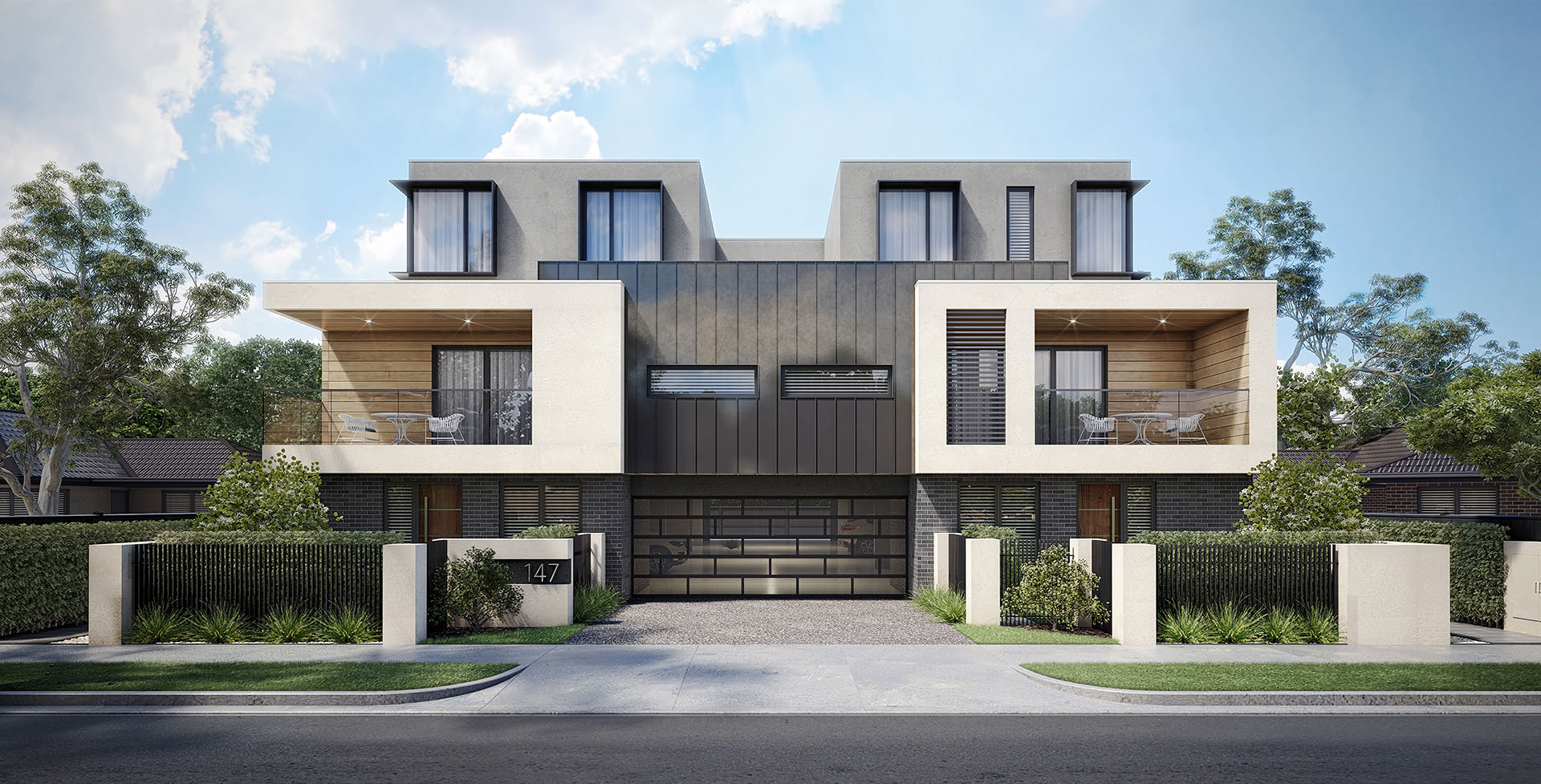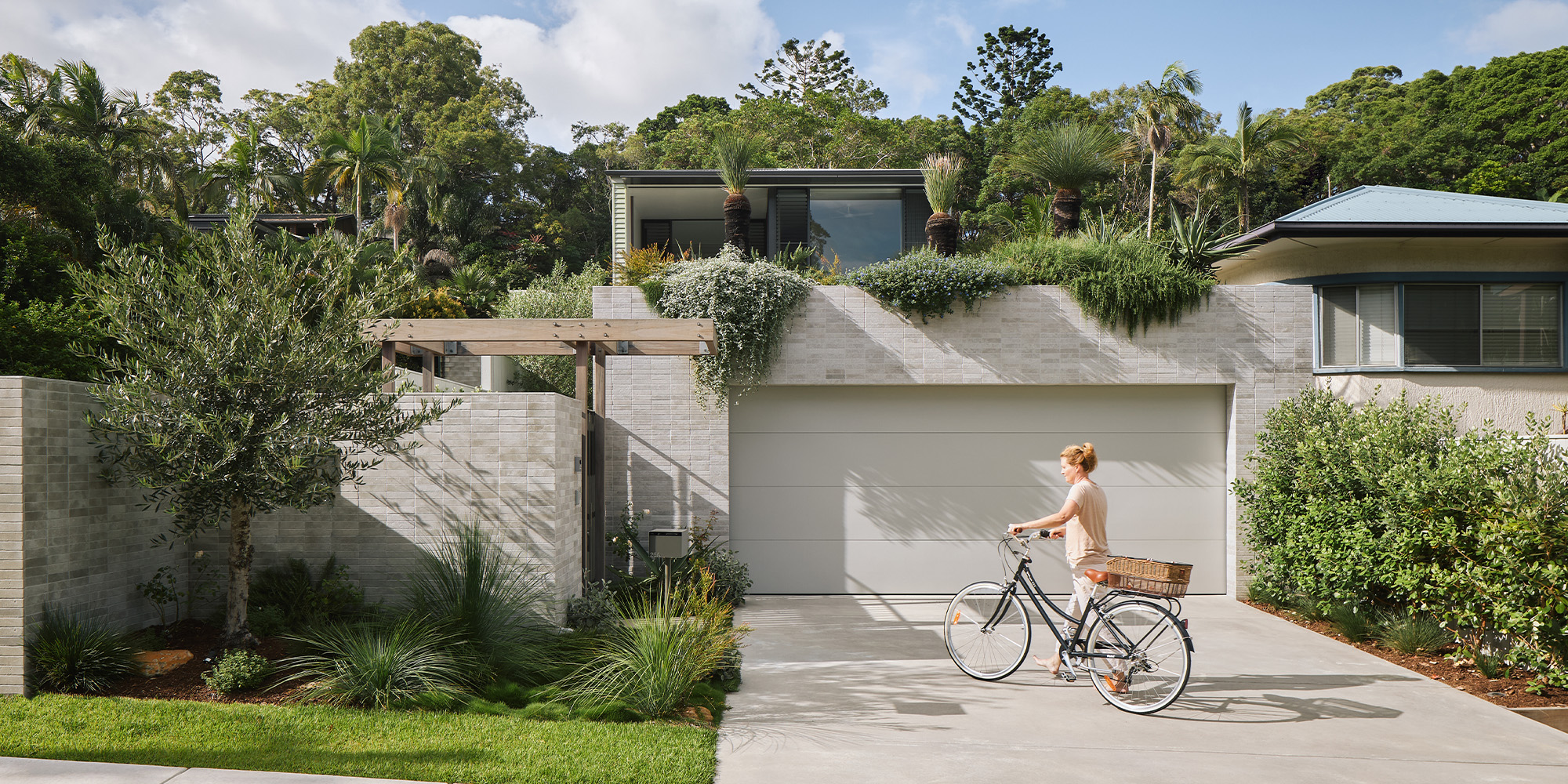Residential Interior Architect: Transforming Your Interior Spaces into Works of Art
Residential Interior Architect: Transforming Your Interior Spaces into Works of Art
Blog Article
Leading Trends in Residential Style You Need To Find Out About
As residential design remains to develop, several engaging trends are forming the means we develop and occupy our home. Trick developments such as lasting building practices, the assimilation of wise home technology, and the increase of modular homes highlight a substantial change in the direction of both capability and ecological responsibility. Additionally, principles like open plan living and biophilic design are redefining our interaction with room and nature. Recognizing these patterns not just educates style selections however additionally exposes more comprehensive ramifications for lifestyle and community - residential house architect. What might these advancements suggest for the future of property living?
Lasting Structure Practices
A raising number of domestic projects are welcoming lasting structure techniques, driven by a growing awareness of ecological effect and power efficiency. This change is defined by the combination of green products, energy-efficient styles, and cutting-edge construction methods. House owners and building contractors are progressively focusing on the use of renewable energies, such as bamboo and recycled metals, which not only decrease the carbon footprint however additionally enhance the longevity and visual appeal of residential or commercial properties.
Incorporating energy-efficient systems is another crucial aspect of sustainable building - residential house architect. Features such as high-performance insulation, energy-efficient windows, and solar panels are becoming requirement in brand-new domestic styles. These elements not only contribute to lower power intake but likewise supply considerable lasting financial savings for property owners
Moreover, the format of sustainable homes usually highlights natural light and air flow, reducing the reliance on synthetic lights and environment control systems. Landscape design techniques, such as xeriscaping, more advertise sustainability by minimizing water usage.
As the need for lasting living remedies remains to climb, the property style market is poised to introduce and adjust, making sure that future homes are not only environmentally accountable but useful and also comfortable for their residents. - residential house architect
Smart Home Innovation
Smart home technology is changing the method home owners communicate with their living spaces, improving ease, energy, and security management. This ingenious technique integrates numerous devices and systems, enabling individuals to manage their homes from another location or via automated processes. Central to this fad is making use of smart tools such as thermostats, lights, safety and security cams, and home appliances, all connected through the Internet of Points (IoT)
One of one of the most appealing features of clever home innovation is the ability to personalize settings for optimal power efficiency. Home owners can monitor energy usage and change heating, cooling, and lighting based on their regimens, substantially minimizing utility expenses. Furthermore, advanced safety and security systems geared up with smart locks and security cameras supply satisfaction, making it possible for remote monitoring and alerts to prospective protection breaches.
Integration with voice-activated assistants improves individual experience, allowing home owners to control tools with basic voice commands. As technology remains to develop, the possibility for clever home systems to improve lifestyle expands, making them a vital consideration in modern-day property architecture. Inevitably, wise home technology is not just a pattern however an essential shift toward much more intelligent living environments.
Open Principle Living
Open idea living has actually become a specifying attribute in contemporary property design, characterized by the visit homepage removal of conventional barriers in between rooms. This design ideology advertises fluidness and connectivity within the home, enabling a smooth shift in between locations such as the cooking area, eating, and living spaces. By eliminating partitions and wall surfaces, open concept designs produce a feeling of spaciousness, cultivating a welcoming atmosphere that boosts social communication.

Moreover, this technique to residential layout aligns with minimalism, focusing on practical simpleness and visual comprehensibility. Property owners appreciate the adaptability of these formats, which can be quickly adjusted to mirror individual style via furniture setup and design. As open idea living continues to obtain grip, it continues to be a testament to progressing family members characteristics and the need for homes that boost connection and convenience.
Biophilic Style
Biophilic layout has come to be increasingly considerable in property architecture, highlighting the inherent connection in between people and nature. This style viewpoint looks for to incorporate natural environments into living websites areas, thereby fostering a sense of well-being and boosting the quality of life for owners. By including attributes such as all-natural light, plants, and organic materials, biophilic layout promotes an unified connection between indoor environments and the all-natural globe.
Secret components of biophilic style include huge home windows that give unblocked sights of outdoor landscapes, living wall surfaces that introduce greenery into interiors, and open flooring strategies that motivate air movement and natural light infiltration. Water functions, both within and outside the home, serve to develop soothing ambiences and improve sensory experiences.
Moreover, using lasting products not only supports ecological stewardship but additionally contributes to much healthier interior air high quality. As understanding of environmental problems boosts, house owners are increasingly prioritizing styles that show their connection to nature. In essence, biophilic layout not just elevates aesthetic appeal however also addresses psychological and psychological demands, making it a crucial pattern in contemporary household architecture.
Modular and Prefab Homes

Furthermore, prefab and modular homes are made with sustainability in mind. Numerous makers make use of green products and energy-efficient systems, such as photovoltaic panels and advanced insulation strategies, adding to lowered energy usage and reduced utility bills for home owners. The adaptability of style alternatives enables for customization, satisfying diverse useful needs and aesthetic choices.
As the demand for inexpensive real estate proceeds to rise, prefab and modular homes provide a viable remedy, dealing with both financial and environmental difficulties. Communities are increasingly identifying the potential of these structures, incorporating them into urban and country settings. In general, the pattern towards modular and prefab homes represents a shift toward more lasting, effective, and adaptable living atmospheres, making them an essential element of modern residential style.
Final Thought
Sustainable structure practices and clever home technologies improve effectiveness and comfort, while open principle living and biophilic style foster social communication and a link to nature. The increase of prefab and modular homes supplies personalized and inexpensive options, mirroring a broader change in the direction of practical and accountable living.
Key growths such as lasting structure techniques, the assimilation of clever home modern technology, and the increase of modular homes highlight a considerable shift in the direction of both performance and environmental responsibility.The surge of prefab and modular homes has actually changed the property style landscape, using innovative options for efficient and lasting living.In addition, prefab and modular homes are made with sustainability in mind. On the whole, the pattern toward modular and prefab homes indicates a shift toward much more lasting, effective, and adaptable living environments, making them a crucial element of modern domestic style.
Sustainable building techniques and wise home innovations boost performance and comfort, while open idea living and biophilic design foster social interaction and a link to nature.
Report this page